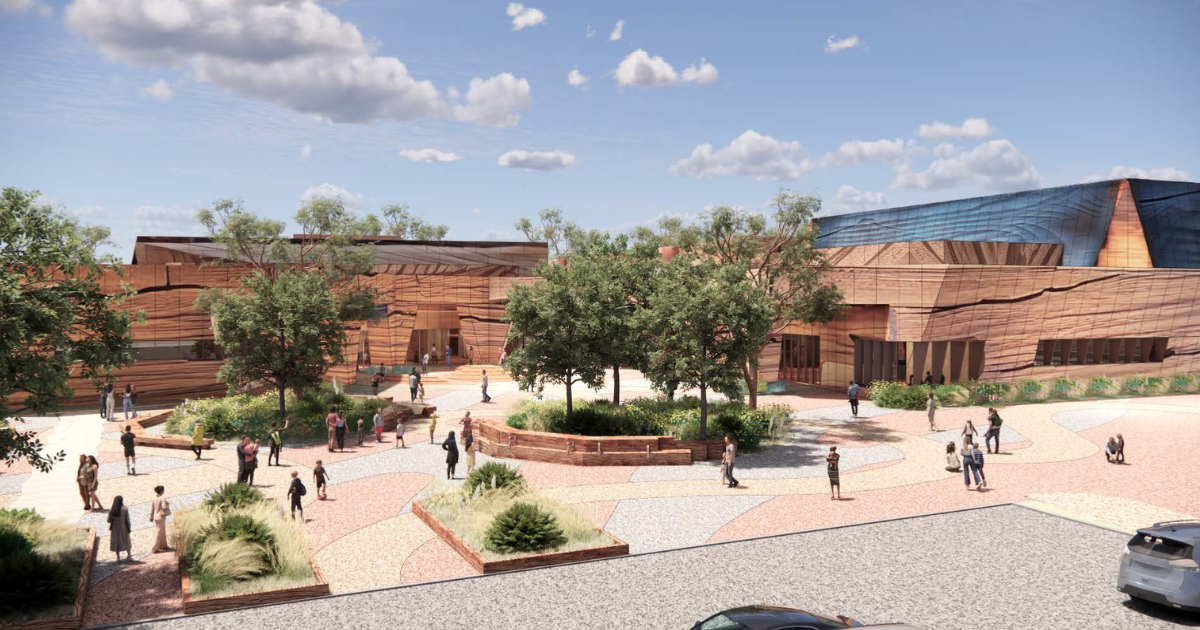Livestock market report – Febuary 15, 2018
WITH no decent rain forecast for the rest of the month, the green tinge of pasture generated by the recent rain is disappearing quickly as supplementary feeding of livestock continues with gusto.
With that, hay enquiry has lifted with farmers and hay merchants seeing increased activity, especially from out west and parts of New South Wales.
There were 1,427 cattle presented at WVLX Mortlake this week with facility manager Tim Nowell pleased with the take up so far.
“We’ve had very positive feedback about the facility so far from agents, buyers, vendors and the community,” Mr Nowell said.
“The buyer support has been great, we’ve had good representation from all the small meat processing companies and feedlots.
“In terms of cattle numbers, we had one light week due to extreme heat, but the market has picked back up again, and the last two weeks have seen very healthy numbers of 1,200 plus.”
There were 22,400 lambs and 8,600 sheep yarded at Ballarat on Tuesday with the lamb job easing $5 to $8 per head.
Market Highlights Ballarat Sheep & Lamb:
Heavy export shorn lambs $180 plus
Heavy trade lambs to $176
Wooly lambs to $140
Light processor lambs to $115
Trade Mutton to $100
Mortlake Cattle:
This week’s increased yarding of 1,427 head of cattle at WVLX saw a reduction in quality compared to the high standard set at last week’s sale.
There was, however, the odd very good pen in some categories, but the bulk of the yarding was mixed with more dairy bred cattle available.
One less trade buyer attended, but an additional restocker competed keenly alongside the usual following of buyers of which not all operated fully.
Prices for vealers were overall dearer aided by restocker competition, while yearlings sold from unchanged to slightly easier.
Restocking heifers were on average a few cents higher with grown steers sold 8 to 15 cents per kilogram cheaper and grown heifers averaged 5 to 10 cents per kilogram cheaper.
The plainer the 1 score cows, the dearer they were, due in part to restocker competition.
The E1 grade averaged 20 cents higher while D1 cows were 10 cents better and D2 grades made from 2 to 10 cents per kilogram more.
Well covered beef cows sold at mostly equal prices, but B2 heavy weight bulls made 10 cents more to sell between 235 and 261 cents with an A2 bull at 265 cents per kilogram.
The vealers sold from 240 to 290 cents with three B2 steers at 319 cents per kilogram. Restockers paid 250 to 303 cents with seven B2 heifers at 313 cents per kilogram.
Yearling steers made 220 to 265 cents with odd sales to 280 cents and restockers paid to 278 cents per kilogram.
The yearling heifers sold between 227 and 255 cents with restockers activating from 219 cents per kilogram.
Most C3 and C4 grown steers made 230 to 265 cents with the best sale at 272 cents per kilogram.
The D2 manufacturing dairy steers sold from 197 to 209 cents with beef bred to 222 cents per kilogram.
There were fewer good C3 and C4 grown heifers and they sold from 220 to 248 cents per kilogram.
The E1 cows made 142 to 180 cents, D1’s from 175 to 198 cents and the D2 cows sold between 184 and 206 cents per kilogram.
The C3 to C5 beef cows made from 205 to 218 cents with a very good quality pen at 225 cents per kilogram.


















